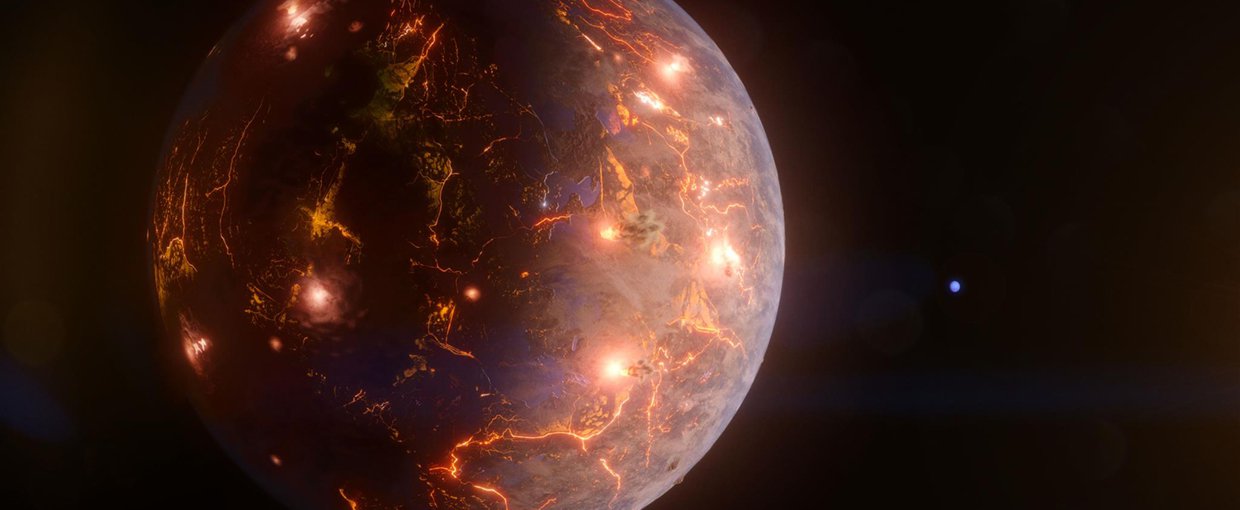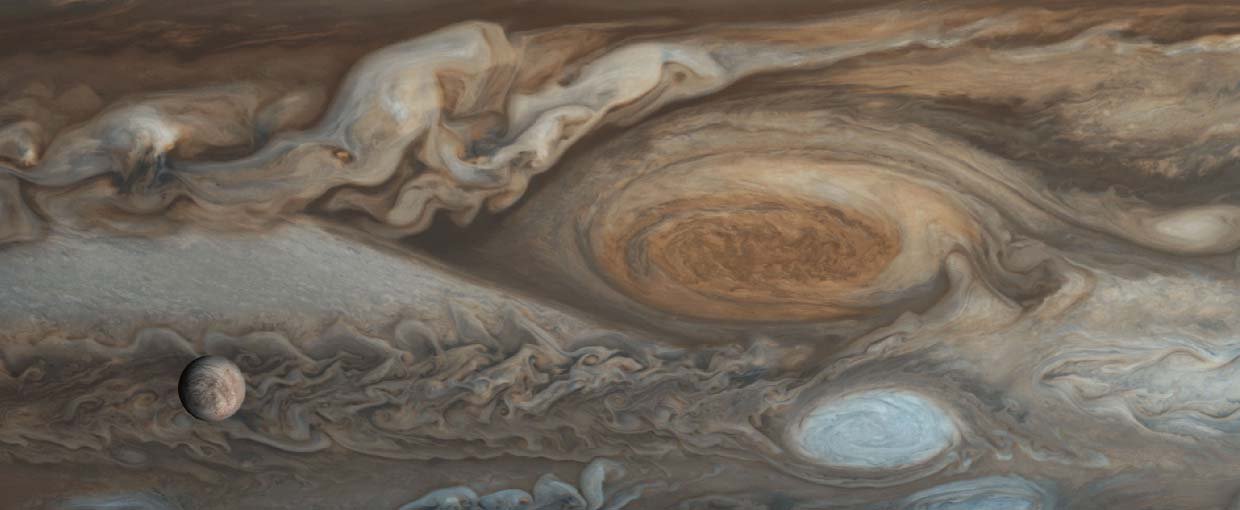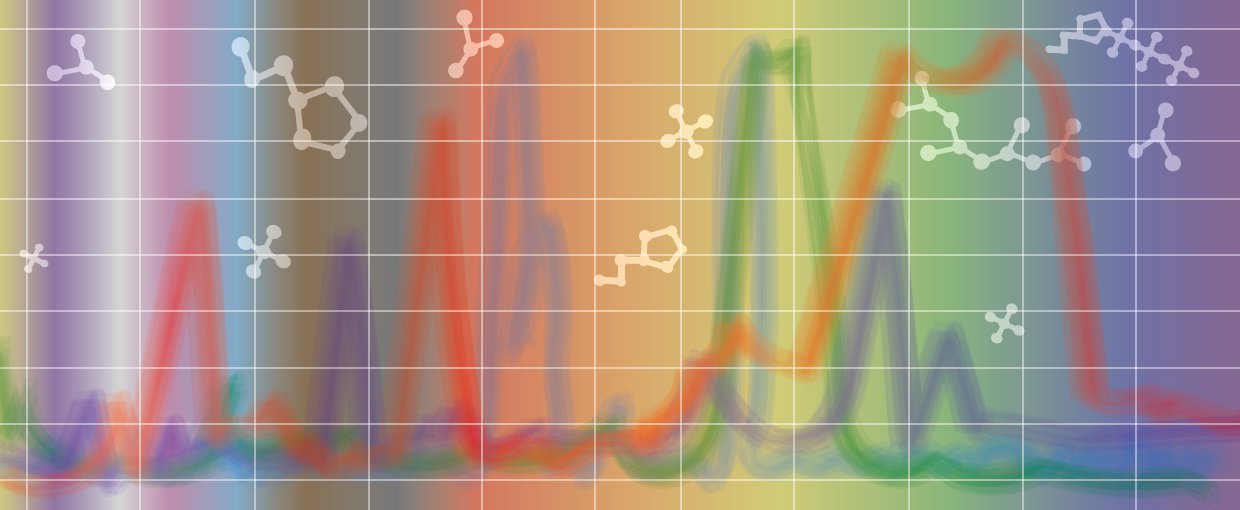Benecchi, S. D., & Sheppard, S. S. (2013). The Astronomical Journal, 145(5), 124. doi:10.1088/0004-6256/145/5/124
Brown, M. E., & Hand, K. P. (2013). The Astronomical Journal, 145(4), 110. doi:10.1088/0004-6256/145/4/110
Cahill, J. A., Green, R. E., Fulton, T. L., Stiller, M., Jay, F., Ovsyanikov, N., … Salamzade, R. (2013). PLoS Genet, 9(3), e1003345. doi:10.1371/journal.pgen.1003345
Callahan, M. P., Burton, A. S., Elsila, J. E., Baker, E. M., Smith, K. E., Glavin, D. P., & Dworkin, J. P. (2013). Meteoritics & Planetary Science, 48(5), 786–795. doi:10.1111/maps.12103
Cassidy, T. A., Paranicas, C. P., Shirley, J. H., Dalton III, J. B., Teolis, B. D., Johnson, R. E., … Kamp, L. (2013). Planetary and Space Science, 77(None), 64–73. doi:10.1016/j.pss.2012.07.008
Dalton, J. B., Cassidy, T., Paranicas, C., Shirley, J. H., Prockter, L. M., & Kamp, L. W. (2013). Planetary and Space Science, 77(None), 45–63. doi:10.1016/j.pss.2012.05.013
Fulton, T. L., Norris, R. W., Graham, R. W., Semken, H. A., & Shapiro, B. (2013). Mol Ecol, 22(9), 2540–2548. doi:10.1111/mec.12267
Goldberg, T., Gordon, G., Izon, G., Archer, C., Pearce, C. R., McManus, J., … Anbar, A. D. (2013). J. Anal. At. Spectrom., 28(5), 724. doi:10.1039/c3ja30375f
Golden, J., McMillan, M., Downs, R. T., Hystad, G., Goldstein, I., Stein, H. J., … Zimmerman, A. (2013). Earth and Planetary Science Letters, 366(None), 1–5. doi:10.1016/j.epsl.2013.01.034
Hamilton, T. L., Peters, J. W., Skidmore, M. L., & Boyd, E. S. (2013). ISME J, 7(7), 1402–1412. doi:10.1038/ismej.2013.31



